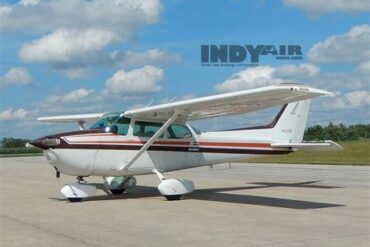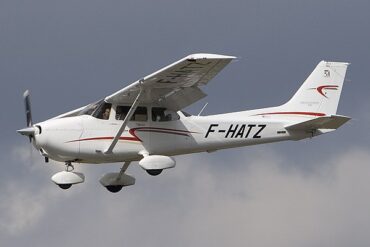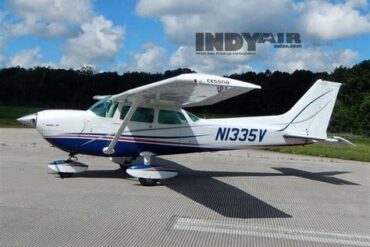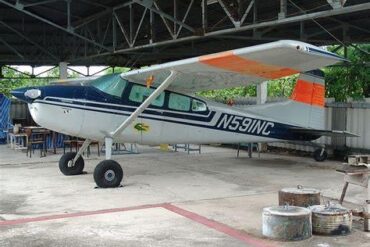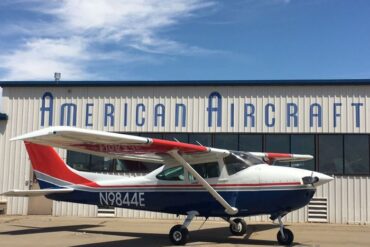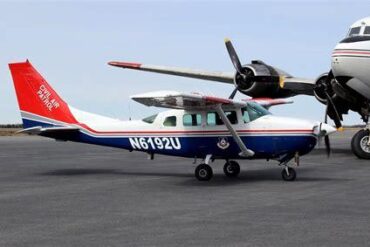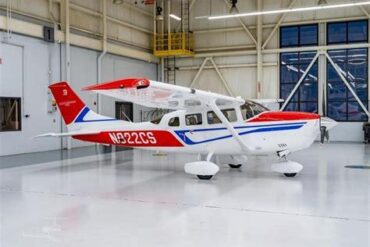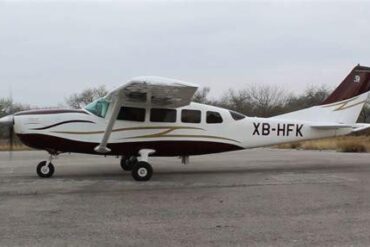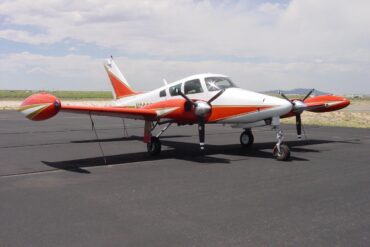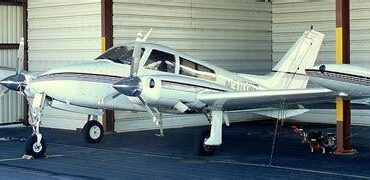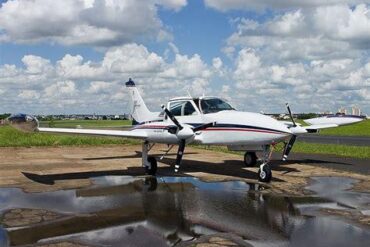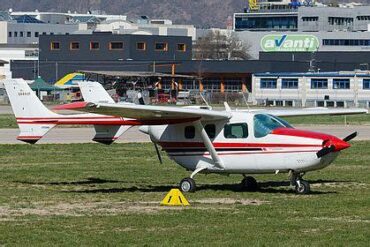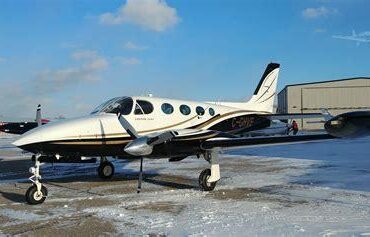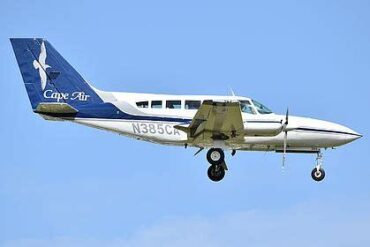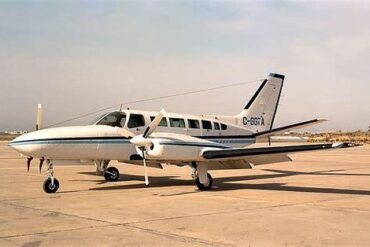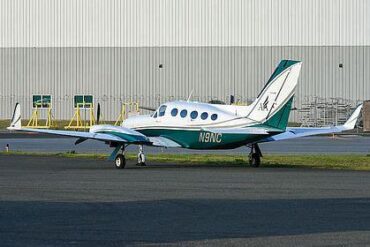The Cessna 172R, an iconic aircraft in the general aviation sector, has gained a reputation for its reliability, ease of use, and versatility. As pilots and aviation enthusiasts explore ownership options, understanding the price and operating costs associated with this aircraft is crucial. In this comprehensive guide, we will delve into various aspects of the Cessna 172R, including its acquisition price, operating expenses, and additional financial considerations for potential owners.
1. Overview of the Cessna 172R
The Cessna 172R is a four-seat, single-engine, high-wing aircraft that has become a favorite among flying schools and private owners alike. First introduced in the late 1990s, the 172R model features a more powerful engine and modern avionics compared to its predecessors. With a maximum cruising speed of around 120 knots and a range of approximately 640 nautical miles, it offers excellent performance for both training and recreational flying.
Key Specifications of the Cessna 172R
| Specification | Details |
|---|---|
| Engine | Lycoming IO-360-L2A |
| Horsepower | 160 HP |
| Max Takeoff Weight | 2,550 lbs |
| Cruise Speed | 120 knots |
| Range | 640 nautical miles |
| Seating Capacity | 4 (including pilot) |
| Fuel Capacity | 56 gallons |
2. Acquisition Price of the Cessna 172R
The initial cost of acquiring a Cessna 172R can vary significantly based on factors such as age, condition, and added features. As of 2024, the average market price for a used Cessna 172R typically ranges between $40,000 and $100,000. This wide range reflects variations in aircraft condition, modifications, and historical flight hours.
Factors Influencing the Purchase Price
-
Aircraft Condition: A well-maintained aircraft with a complete logbook and minimal wear and tear will command a higher price.
-
Year of Manufacture: Newer models or those with upgraded avionics and equipment will generally be more expensive.
-
Total Flight Hours: Aircraft with lower total flight hours are usually priced higher, as they tend to have less engine wear.
-
Modifications and Upgrades: Features such as advanced avionics, better seating, and enhanced safety systems can add to the aircraft’s value.
-
Geographic Location: Prices may also vary depending on the local aviation market and demand.
3. Operating Costs of the Cessna 172R
Once you have acquired a Cessna 172R, it is essential to consider the ongoing operating costs. These expenses can accumulate quickly and should be factored into your budget to ensure a sustainable ownership experience. Key components of operating costs include fuel, maintenance, insurance, and hangar fees.
3.1. Fuel Costs
Fuel is one of the most significant operating expenses for any aircraft. The Cessna 172R typically consumes around 8.5 gallons of fuel per hour at a cruise setting. With AVGAS prices fluctuating, averaging about $6.00 per gallon, the fuel cost can amount to approximately $51 per hour. This cost can vary depending on flying habits and regional fuel prices.
3.2. Maintenance Costs
Regular maintenance is crucial for the safety and longevity of the Cessna 172R. Owners should budget for the following maintenance expenses:
-
Routine Inspections: Annual inspections can range from $1,000 to $3,000, depending on the complexity of the work required.
-
Engine Overhaul: The engine may require an overhaul every 1,500 to 2,000 hours, with costs ranging from $20,000 to $40,000.
-
Preventative Maintenance: Additional maintenance such as oil changes, brake replacements, and tire changes can add $500 to $1,500 annually.
3.3. Insurance Costs
Insurance is a necessary consideration for aircraft ownership. The cost of insurance for a Cessna 172R varies based on factors such as the pilot’s experience, coverage limits, and whether the aircraft is used for training or personal use. On average, insurance premiums can range from $1,200 to $2,500 per year.
3.4. Hangar and Tie-Down Fees
Where you store your aircraft can significantly impact your operating costs. Hangar fees vary widely by location, but typically average between $300 and $600 per month. Tie-down fees, for those choosing outdoor storage, can range from $50 to $150 monthly.
4. Total Operating Cost Estimate
To provide a clearer picture of the total operating costs, we can estimate the annual expenses associated with the Cessna 172R:
Estimated Annual Operating Costs
| Cost Component | Estimated Annual Cost |
|---|---|
| Fuel | $2,500 |
| Maintenance | $2,500 |
| Insurance | $1,800 |
| Hangar Fees | $3,600 |
| Miscellaneous | $1,000 |
| Total | $12,400 |
This estimate provides a baseline; however, individual circumstances can vary, influencing the actual costs.
5. Financing Options for Cessna 172R Owners
Financing a Cessna 172R can open the door to ownership for many pilots. Various financing options are available:
5.1. Traditional Bank Loans
Many banks offer loans specifically for aircraft purchases. Borrowers can expect to provide a down payment of around 10-20% and can choose between fixed or variable interest rates. Loan terms typically range from 5 to 20 years.
5.2. Aircraft Financing Specialists
Specialized aviation lenders understand the unique nature of aircraft ownership and often provide more flexible terms. These lenders may consider factors such as total flight hours and the aircraft’s resale value when assessing loan applications.
5.3. Leasing Options
Leasing can be an attractive alternative for those hesitant to commit to full ownership. Aircraft leases often come with lower monthly payments and the opportunity to purchase the aircraft at the end of the lease term.
6. Conclusion
Owning a Cessna 172R is a fulfilling experience, offering the chance to explore the skies while honing piloting skills. However, understanding the price and operating costs associated with this aircraft is essential for making informed decisions. With a solid estimate of acquisition costs, operating expenses, and financing options, potential owners can confidently embark on their aviation journey. By preparing for the financial aspects of ownership, pilots can fully enjoy the many benefits that come with flying a Cessna 172R.

